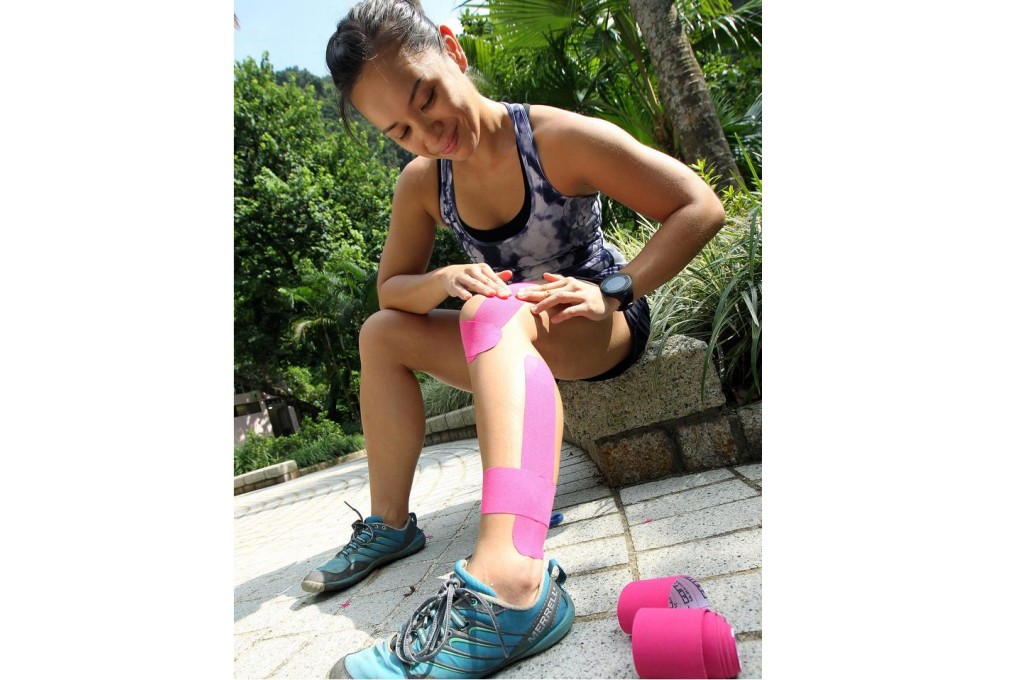Athletes swear by the healing properties of kinesio tape
There is no scientific evidence to support it, but athletes swear by the healing properties of kinesio tape

Taking part in the 100-kilometre Oxfam Trailwalker was not an unthinkable challenge for Lory May Martin four years ago, except for one detail: at the time, eight months from race day, she'd never run more than a handful of kilometres at a go.
When she started training for the ultra-endurance event, "that's when the injuries started", says Martin, 33, a personal trainer. To manage her injuries, her sister, a physiotherapist, started using "kinesio tape" (kinesiology tape) - a brightly coloured elasticated cotton sticky tape - on Martin's battered body. The results were instant, Martin says, and she could continue training.
I use [kinesio tape] all the time. Even if research says otherwise, who cares? I felt better
"I now use it for everything - my ankle, my knees," she says.
Captivated by the tape's seemingly magical properties, she has since gone on to study taping methods and teaches fellow running junkies how to tape their injuries.
While every day athletes from runners to tennis players to gym rats are just catching on to this method of sports injury treatment, elite athletes started sporting the brightly coloured tape at the 2004 Athens Olympics.
It adorned the right forearm of Paraguayan javelin thrower and model Leryn Franco, and the sore shoulder of American beach volleyball champion Kerri Walsh Jennings.